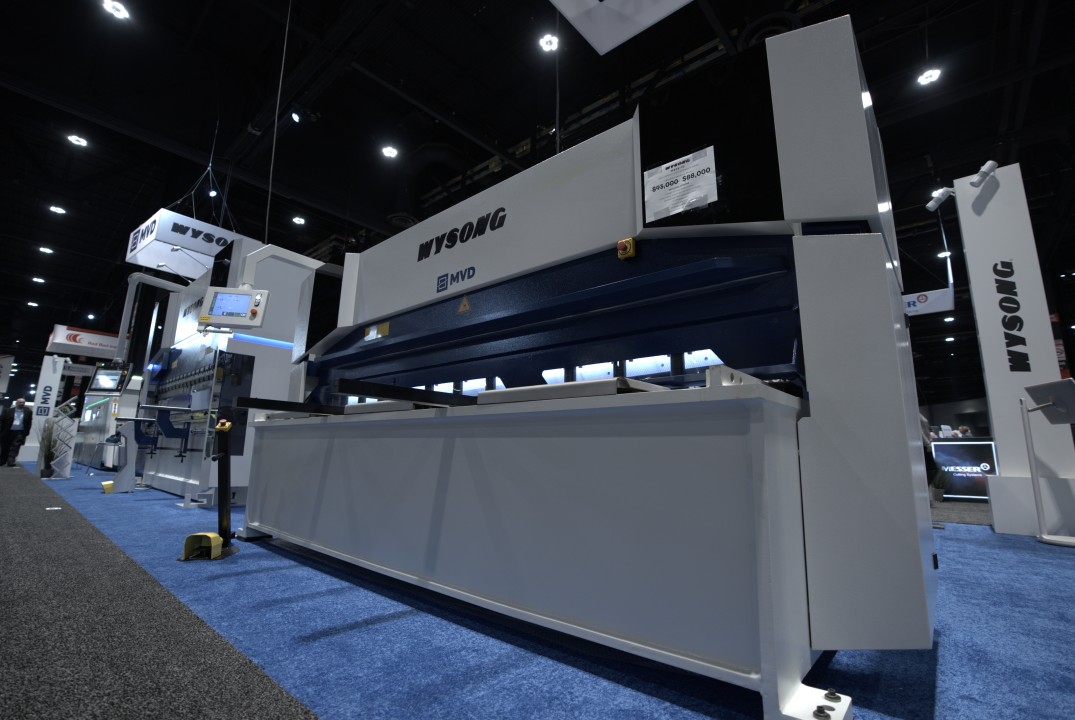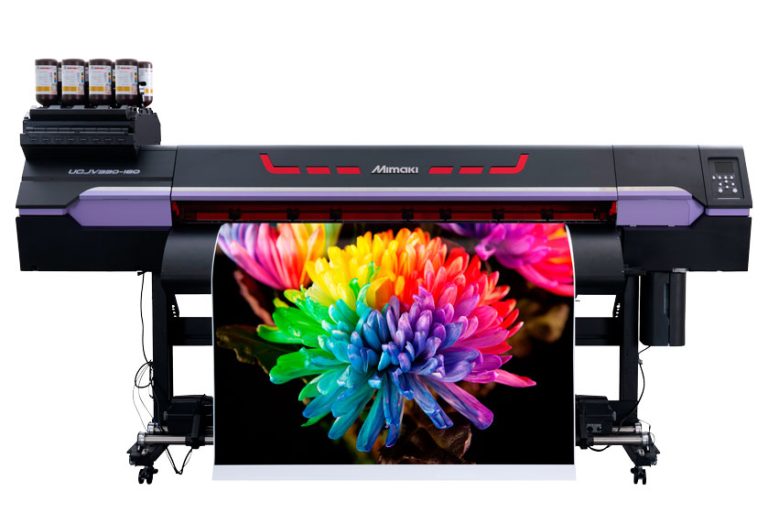Hydraulic Shearing Machine vs. Traditional Shearing: A Comparison
Shearing machines are indispensable tools in metalworking. They play a crucial role in cutting and shaping metal sheets, offering precision and efficiency. People debate whether hydraulic or traditional shearing machines are better. Both have pros and cons, making it a tough choice.
This detailed comparison will explore the differences between these two types of shearing machines. We will cover their working principles, advantages, disadvantages, and applications. This guide will help you make an informed decision about which machine best suits your needs. To learn more about the shearing machine, visit https://miharmle-cnc.com/.
What is a Shearing Machine?
A shearing machine is an industrial equipment used to cut metal sheets into smaller pieces or desired shapes. These machines apply a high force to the metal, causing it to shear along a predetermined line. There are many types of shearing machines, but two are most common: hydraulic shearing machines and traditional (mechanical) shearing machines.
Hydraulic Shearing Machine
How Does a Hydraulic Shearing Machine Work?
Hydraulic shearing machines use hydraulic power to cut metal. Here’s a step-by-step breakdown of how they operate:
- Power Supply: The machine is connected to a hydraulic power unit.
- Hydraulic Cylinder: This unit drives a hydraulic cylinder, which controls the blade.
- Blade Movement: The hydraulic cylinder moves the top blade down. The top blade then cuts the metal sheet as it moves down against the bottom blade, which stays still.
- Precision Cutting: Hydraulic shearing machines can make precise cuts due to the controlled movement of the blade.
Advantages of Hydraulic Shearing Machines
- Precision and Accuracy: Hydraulic shearing machines offer superior precision. The hydraulic control allows for fine adjustments, resulting in accurate cuts.
- Versatility: Hydraulic shearing machines can cut many materials, such as metal and plastic, and can also cut thin or thick materials, making them useful for many projects.
- Smooth Operation: The hydraulic system makes the machine run smoothly and quietly, reducing the noise level in the workspace and making it a more pleasant place to be.
- Safety Features: Hydraulic shearing machines often have safety features like emergency stop buttons and safety guards to protect the operator from accidents and injuries.
- Less Maintenance: Hydraulic systems need less maintenance than mechanical systems.
Disadvantages of Hydraulic Shearing Machines
- Higher Initial Cost: Hydraulic shearing machines are generally more expensive to buy.
- Complexity: They are more complex and might need specialized operator training.
- Slower Operation: Hydraulic shearing machines can be slower than traditional machines. This means they might take longer to cut metal sheets, but they make more precise cuts.
Traditional Shearing Machine
How Does a Traditional Shearing Machine Work?
Traditional shearing machines (mechanical shearing machines) use mechanical forces to cut metal. Here’s a step-by-step breakdown of their operation:
- Power Source: These machines typically use a motor and flywheel system.
- Flywheel Action: The motor drives a flywheel, which stores kinetic energy.
- Blade Movement: The flywheel stores energy, which is released to move the top blade down. The top blade cuts the metal sheet as it moves down against the bottom blade, which stays still.
- Cutting Process: The machine’s energy is changed into a strong cutting force, which cuts through the metal with a shearing action.
Advantages of Traditional Shearing Machines
- Speed: Traditional shearing machines are high-speed and can quickly cut much metal. This makes them a good choice for factories that need to produce many products.
- Lower Initial Cost: These machines are generally less expensive to buy.
- Simplicity: They are more straightforward in design, making them easier to operate and maintain.
Disadvantages of Traditional Shearing Machines
- Limited Precision: Hydraulic machines are more precise than mechanical shearing machines. They may not make cuts as accurately or smoothly as hydraulic machines.
- Noise and Vibration: These machines can be noisy and disruptive. They also cause a lot of vibrations, which can be a problem.
- Safety Concerns: Older shearing machines may need modern safety features. This makes them more dangerous to use and may lead to accidents.
Key Comparisons
Precision and Accuracy
Hydraulic Shearing Machines:
- Offer greater precision due to hydraulic control.
- Suitable for projects requiring detailed and accurate cuts.
Traditional Shearing Machines:
- It may not match the precision of hydraulic machines.
- Better for less precise, high-volume tasks.
Speed and Efficiency
Hydraulic Shearing Machines:
- It may operate slower but provide smoother cuts.
- Ideal for tasks where precision is more important than speed.
Traditional Shearing Machines:
- Operate faster, making them ideal for high-volume production.
- Speed comes at the cost of potential noise and vibration.
Cost
Hydraulic Shearing Machines:
- Higher initial cost.
- Lower maintenance costs due to fewer moving parts.
Traditional Shearing Machines:
- Lower initial cost.
- Maintenance may be more frequent and potentially costly.
Versatility
Hydraulic Shearing Machines:
- Can handle a broader range of materials and thicknesses.
- More versatile in application.
Traditional Shearing Machines:
- Limited in the range of materials and thicknesses they can handle.
- Best suited for specific tasks where their speed and simplicity are helpful.
Applications
Hydraulic Shearing Machines
- Precision Engineering: Hydraulic shearing machines are used in industries like aerospace and automotive. These industries need precise cuts, so accuracy is more important than speed.
- Metal Fabrication: Ideal for custom metal fabrication projects requiring various shapes and sizes.
- Prototyping: Suitable for creating prototypes where precision is critical.
Traditional Shearing Machines
- Mass Production: Traditional shearing machines are used in industries like manufacturing and construction. These industries need to make a lot of products fast, and speed is more critical than perfect cuts.
- Sheet Metal Work: Common in sheet metal workshops for cutting standard-sized sheets quickly.
- General Fabrication: For general fabrication work, use a traditional shearing machine. This machine is best when you need to cut much metal quickly rather than make precise cuts.
Making the Right Choice
The type of shearing machine you need depends on your specific requirements. China’s shearing machine provides the best quality of shearing machines on the market. Consider what you need and how often to cut it to choose the suitable machine. Here’s a guide to help you make the right decision:
Step-by-Step Guide to Choosing the Right Shearing Machine
- Assess Your Needs: Determine your projects’ precision, speed, and volume requirements.
- Budget Considerations: Set a budget for the machine. Decide how much you can afford to spend. Also, consider how much it will cost to maintain and repair over time.
- Material Types: Consider the materials you’ll cut. Think about their thickness, too.
- Workspace: Think about the noise and vibration tolerance in your workspace.
- Safety Requirements: Ensure the machine meets your safety needs. Also, consider the skill level of your operators.
- Future-Proofing: Think about the projects you might work on in the future. Ensure the machine can handle new tasks and requirements as your needs change.
Practical Example
Imagine you run a metal fabrication shop focusing on custom projects. Precision and versatility are crucial, but you don’t need to produce high volumes quickly. For precise cuts and versatility, choose a hydraulic shearing machine. It’s better than traditional machines for many users.
A traditional shearing machine is best if you need to produce many metal sheets. This type of machine is ideal for making large quantities of standard-sized sheets. Its speed and lower initial cost would be beneficial for large-scale production.
Conclusion
Hydraulic and traditional shearing machines are both good options. Each type has advantages and disadvantages. The best choice for you depends on your specific needs. It’s essential to consider your requirements before deciding which type to use.
Hydraulic shearing machines are great for precise work. They offer many features, including versatility and advanced safety measures. They are suitable for industries where accuracy and quality are paramount.
Traditional shearing machines, on the other hand, excel in speed and simplicity. They are ideal for high-volume production.
Understanding the differences helps you choose the right machine for your needs. The suitable machine will help you work faster and smarter in metalworking.
Stay in touch to get more updates & news on Stylecarter !






